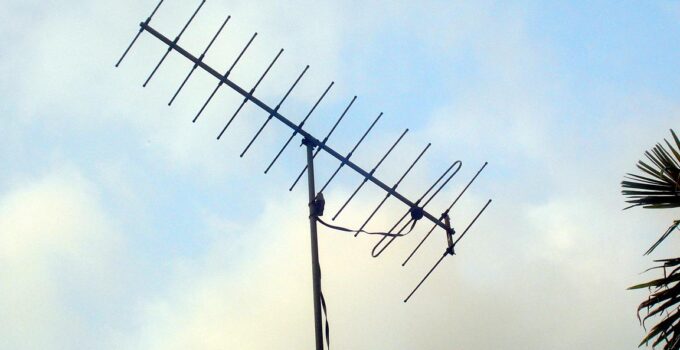Even though it might seem that cable TV and IPTV services have taken over the market for good, we should highlight that you can still enjoy your favorite TV material the traditional, over-the-air way. Regardless of the whole process appearing as a piece of cake, there are numerous factors one should consider before opting to purchase a particular TV antenna. Therefore, read the following lines and find out useful tips for choosing the right TV antenna for your home and figure out whether OTA can or cannot deliver what you and your friends and family expect.
1. The Location
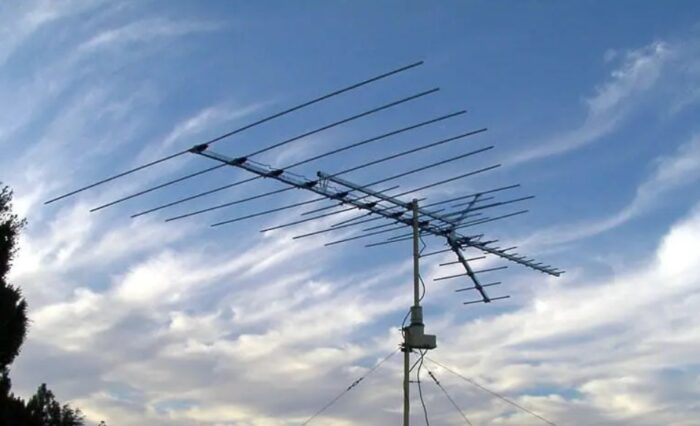
Source: antennajunkies.com
The first thing you should consider when choosing a particular TV antenna model for your household is in question is whether it is the best possible solution, or you should assess additional options. Even though using a TV antenna as a main tool for receiving TV signals proved to be one of the most efficient budget-friendly solutions, nobody guarantees you that the antenna you purchase has any signal to handle in the first place.
Fortunately, you can always consult your neighbors and find out about their experiences related to TV antennas and base your conclusion on pieces of information they share. Furthermore, what you should do is get a signal report and learn what TV channels are available in your area.
Additionally, you will find out about the frequency and various signal types different TV stations use and what type of device should you opt for in order to enjoy the material you want. After gathering the necessary facts, you will know whether to continue with your venture or switch to an alternative method more suitable for your cause.
2. Indoor VS Outdoor
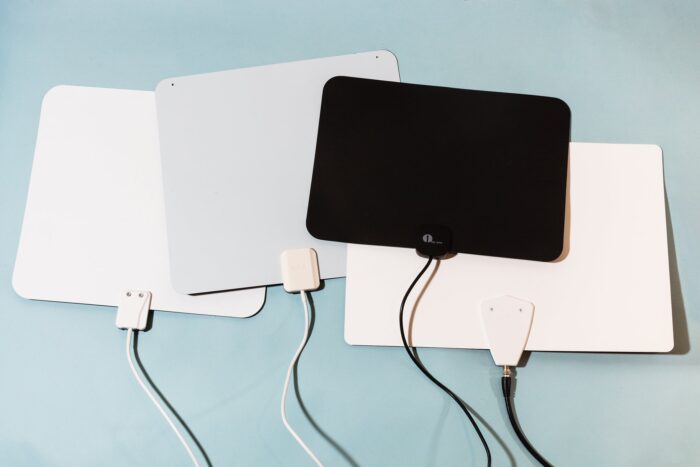
Source: nytimes.com
Reasonably, an antenna located outside will not deliver as the one that is designed to pick up signals from the inside. Do be aware that both types of antenna would be receiving the signal from the same source, but, in a different fashion. In most cases, the indoor variants are designed to pick up UHV channels, while the outdoor models specialize in handling VHF, both high and low variables.
Logically, you should subordinate the choice to the factual situation, and pick the device according to its capabilities and whether it has what it takes to deliver what you want or not. In other words, pick the antenna relying on pieces of information gathered from the signal report.
We should also emphasize that numerous adjustments and hacks are available, regardless of which type of antenna you choose, but you should be aware that messing with a newly bought device to enhance its features can result in losing the warranty. On the other hand, if you feel confident and know what you are doing it would be silly not to modify the antenna in order to pick up different types of channels of your interest.
3. The Price

Source: eiopa.europa.eu
We have already talked about how watching TV via OTA means can save you significant funds, especially in the long run and when compared to alternative means of watching TV, but there are other financial aspects you should pay attention to when choosing the adequate TV signal receiver.
A vast majority of television aficionados would opt for a more expensive device without ever considering its true value, so we advise you to take your time and assess your options before rushing to hasty conclusions. Surely, more expensive antennas would probably bestow you with numerous options a cheaper model would not support, but it does not mean you would ever have the opportunity to utilize them. Therefore, we advise you to consult tayloraerials.co.uk and acquire additional info on how to pick the best TV antenna for your place.
4. Multi or Single Directional Versions
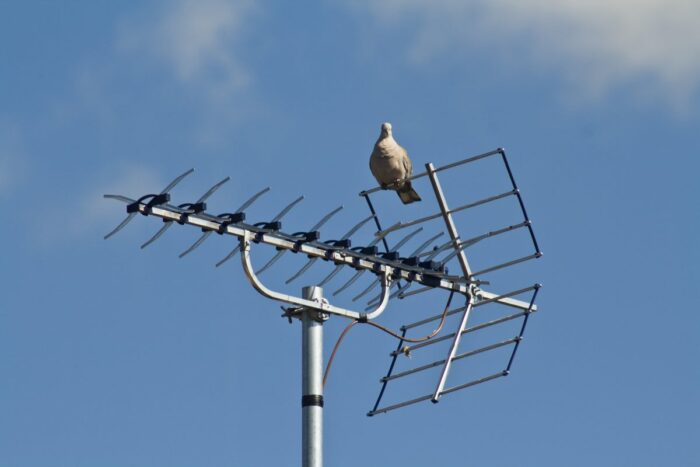
Source: techhive.com
Fortunately, there is nothing complicated about this particular tip, but you should be familiar with it before investing your hard-earned money in a suitable TV antenna. Namely, your brand-new antenna’s main goal will be to pick up the signal from its surroundings and depending on its structure, it should be able to receive it either from single or numerous directions.
Reasonably, the more directions it covers, the bigger the chances you will end up with a better-quality signal, but, yet again, we urge you to establish whether you need a multi-directional antenna or you could do as well with a cheaper variant.
5. Second-Hand Goods
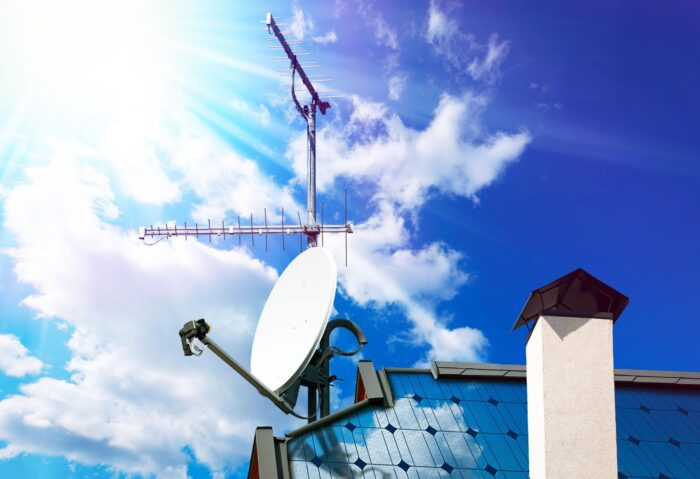
Source: engadget.com
TV antennas are not something one buys daily, and the physical state of the antenna you decide to buy will likely remain unchanged until you decide to pass it over. In a nutshell, that proves to be a frequent practice due to elementary characteristics any receiver has. Namely, the point of the antenna is to receive a signal, so unless you physically damage it, it should deliver as well as the first day it got plugged in.
Now, if you encounter a model that fits your wants and needs, we advise you to inquire about details and figure out whether this type of investment would suit you better than paying the full price for a new product with the same or similar characteristics.
On the other hand, if you choose this approach, it would most probably exclude the warranty, therefore, finding out every single detail you can about a potentially used TV antenna is what we advise you do. Also, do make sure you either try the device yourself or at least ask for a video showing how the antenna works before making any payments.
TV and radio signals are here to stay, and they always will, so why not use the opportunity and acquire a decent TV antenna that would allow you to utilize them free of charge. Hopefully, the aforementioned tips shall prove their usefulness and allow you to make the most out of your future investment. Just make sure you cover pieces of information we have talked about in the lines above and assess all your options carefully until you are sure you know what type of antenna you need.

